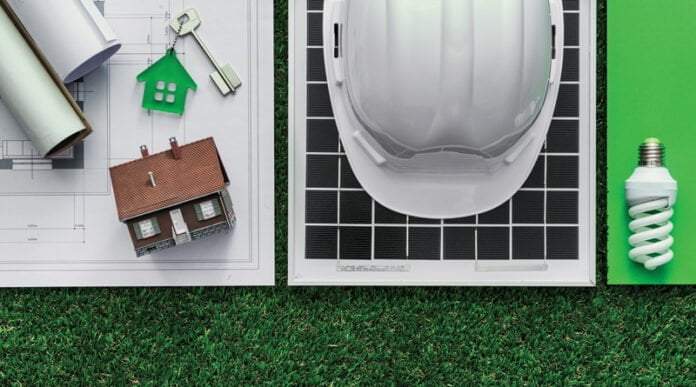Multifamily builders should consider creating a common interest community
The U.S. Green Building Council recently partnered with Dodge Data and Analytics to release the results of the 2021 World Green Building Trends report. The report shows that despite all the changes from the COVID-19 pandemic, green buildings continue to be a global priority, and green building activity is projected to grow over the next three years.
This year’s respondents for the report comprised 1,200 industry professionals, including architects/designers, contractors, owners, developers, inventors and consultants around the world. This year, 28% of survey respondents said that they are implementing green strategies in more than 60% of their projects. By 2024, 42% plan to build more than 60% of their projects using green building best practices.
These numbers reflect changing social and financial motivations for green building. With growing public awareness of building health, sustainability and climate change, many professionals say that “doing the right thing” is their main trigger for increasing green building. This motivating factor has become more important in the past few years. Industry professionals also mention that they are motivated by lower operating costs, market demands, healthier buildings and internal corporate commitments.
RELATED: LEED’s Pathway to Healthy, Green and Resilient Buildings
However, the report also found that owners and investors had different motivations than architects, engineers and contractors. For example, the survey found that owners and investors were primarily driven by lower operating costs and the idea that green building is the “right thing to do.” However, architects, engineers and contractors were more motivated by client demands and environmental regulations.
Industry professionals are also working to improve building performance in new ways. Survey respondents identified their most likely approaches to improving sustainability over the next five years—and the top two approaches were creating net zero/net positive buildings (47%) and controlling embodied carbon (44%). Embodied carbon has also become more important, with more respondents (72%) familiar with it than before.
The COVID-19 pandemic also had a big impact in green building trends. In response to the pandemic, building health has become a priority, with 53% of respondents saying that the pandemic has directly impacted their choice of HVAC system. There is also a focus on indoor air quality and layouts that support social distancing. This year, the green building industry has continued to adapt and work to address these new challenges.
RELATED: Offsite Construction Unlocks Green Building Opportunities
The findings demonstrate a compelling business case for building green. The average reduction in operating costs for the first 12 months in a new green building is 10.5% and five-year cost savings are 16.9%. Green renovations and retrofits have even greater performance globally at 11.5% and 17% respectively. Owners also report that new and retrofit green building projects see an increase in asset value by more than 9%.
This report only underscores what many in the industry already know—green buildings will continue to play a critical role to build healthy and sustainable communities.








